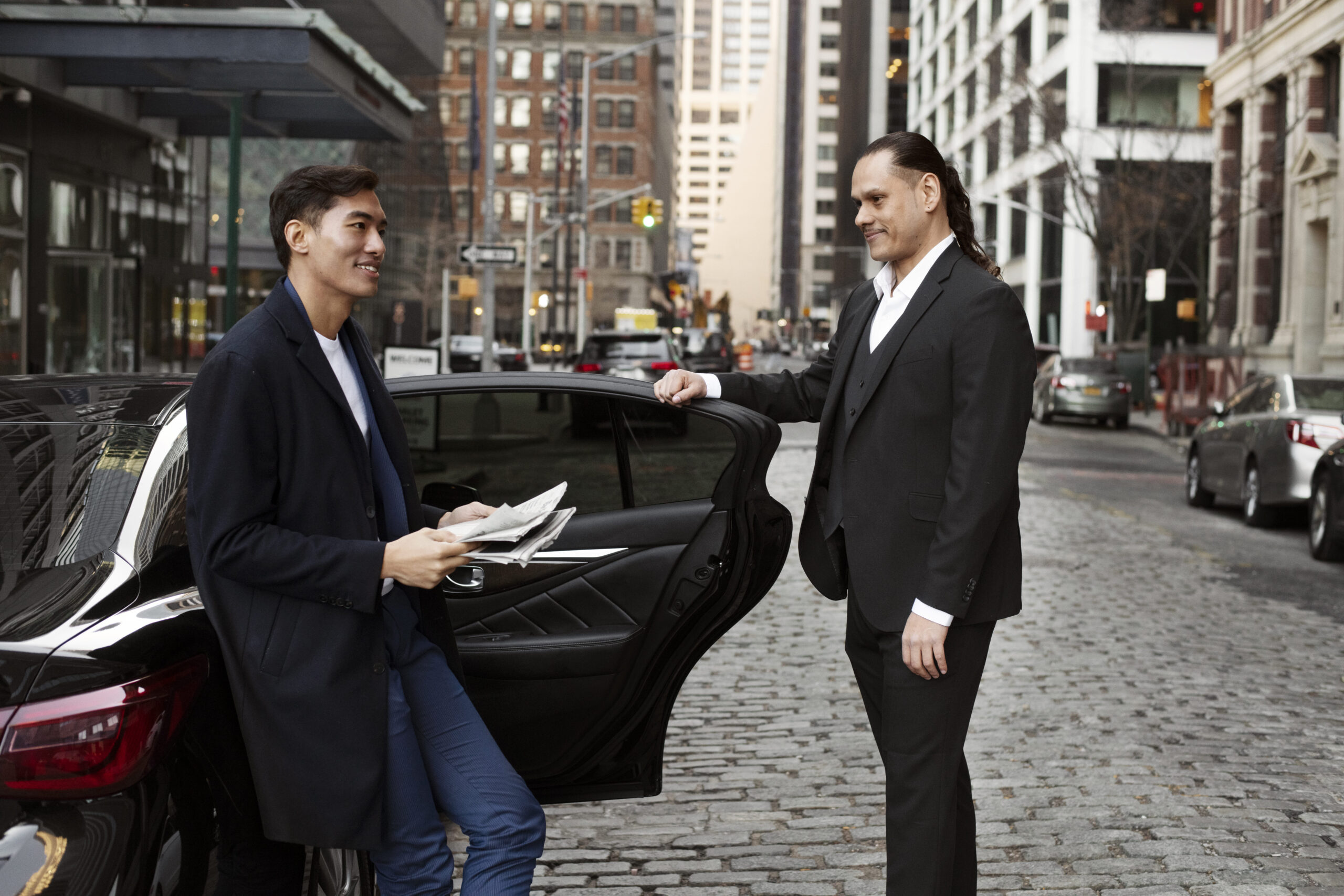
When you are travelling with kids there are several things to keep in mind including packing their favourite cookies. But what about the safety seats in a car!
For instance if you are travelling via taxi service, it’s crucial to choose the one that offers free baby car seats. So if you are travelling with kids anytime soon, this guide about proper infant car seats would surely help you out. In this blog we will shed light and talk about how to protect your child on the ride, types of different car seats for infants and a lot more.
Not many times do we know the insight about infant car seat safety guidelines. But now that you have landed on this page you will get the answers to that.
Let’s get started with this infant car seat guide.
Protecting Your Child Every Ride
Protecting your child is super important, especially when you travel. The safety of little ones often becomes compromised when it comes to choosing the car seats or the right car seat that offer every bit of safety and comfort.
No matter at what speed you are driving, a car crash is somehow not something that you can take for granted, especially when there is a baby on board. In fact car crashes can lead to a serious injury or even death for children ages 1 to 13.
Conversely, when you use the right safety seats in a car and use it properly; it can offer absolute safety and minimize the impact. Hence you can efficiently cut back the serious injuries.
The Dangers of Forward-Facing Too Soon
There can be dangers of forward-facing too soon in case of a serious car crash. Certainly, the frontal crash collusion can be dangerous where everyone in the car gets the impact while getting pushed forward. This becomes even more concerning for the head’s safety in infants.
As a matter of fact, in infants and newborns, the head is about 25% of their overall body weight. Therefore when the forceful impact hits infants in case of a frontal crash, the force on the head is 4x intense.
Infants and kids receive the whiplash force differently. Besides, the rear-facing car seats offer best safety and protection for the infants. Choosing safety rated infant car seats is important.
Types of Infant Car Seats
If you don’t know about infant car seat guides and the types of car seats, you will not be able to select the best car seats for your infant. Also growing babies won’t need the same car seats forever, their needs will change. Under the age of 1 year, the babies or infants should always be placed in a rear-facing seat for best protection.
The rear-facing seats are best for neck support and protection in case of sudden impact. And if you talk about the certified American Academy of Pediatrics, it is highly recommended to keep your child rear-facing till the point of reaching maximum weight or height limit that the car manufacturer has specified. Here are the types of infant car seats;
Infant Car Seat (Rear-Facing Only)
The proper car seat infant is rear-facing. This is ideally suitable for newborn and little babies. The portability and small size of these seats nicely snuggle the babies and can only be used as rear-facing. You can also take out these car seats which make it convertible as well.
Convertible Car Seat
Convertible car seats are other common types of infant car seats. It’s practical and you can switch it from rear-facing to the forward facing seat style. The convertible car seats have the higher height and weight limit for the rear-facing. Therefore you can easily keep your child in the rear-facing position, for longer times.
All-in-One Car Seat
As the name says, this all-in-one style of car seat for infants is the proper infant car seat desirable versatility.
For this seat you can achieve different positions and change the transition from rear-facing to forward-facing and also as a booster seat when your child grows. If you want to spend for the long-term, go for an all-in-one car seat for babies and infants as it adapts according to the child’s growth.
Choosing the Right Car Seat
If it’s your first time buying the baby car seats there are a few factors or steps to bear in mind. For instance, age and size are important parameters.
Always select the car seat that is suitable for your child’s age and the size. For that make sure you go through the car seat’s manufacturer guidelines for height and weight limits for ideal sitting. Vehicle fit is also crucial. When you are buying baby car seats, know that all car seats are not set to just any vehicle.
It’s not one-size-fits all. So carefully analyze the seat fit and if it properly fits in your car or not. Likewise, when you purchase the right car seat, also go for correct installation. For ideal car seat safety for infants, check out the manual with your car seat and vehicle to ensure proper installation.
Forward-Facing Car Seats: When to Transition
Rear-facing car seats offer protection and comfort for kids but when you baby outgrow, it’s time for the seat to transition to the forward-facing car seat. The transition from the rear-facing car seat to the forward-facing car seat is with a harness and tether for protection.
Keep in mind that it’s suitable for kids of two years of age. It’s better to keep your babies in the forward-facing car seat position till the maximum height or weight limit that the car seat manufacturer says.
For the weight limit, mostly the convertible cars seats can allow rear-facing use up to 35 to 40 pounds, keeping the height factor in mind.
Kids should stay in the rear-facing car seat till the point of maximum height or weight; however, you should consider the first 2 years as crucial before you opt for transition to the forward-facing. Some experts also suggest keeping children rear-facing for as long as possible or until age 4.
For car seat safety for infants and added comfort, there should be at least 1 inch of space between the top of your kid’s head and the top of the car seat. The reason is that the child can mode within the seat easily in case of crash while the head remains in place, supported.
Installation Tips
Here is the installation tip for the car seat for infants.
Harness Position
Harness position is very important for absolute fit and support for the infant. In rear-facing seats, the harness slot should be under the child’s shoulder. But make sure the harness is snug.
Proper Angle
After that, the angle must be proper. The seat should be reclined at an accurate angle and the child’s head should not flop forward. Every rear-facing car seat features the built-in recline indicators all rear-facing car seats have built-in recline indicators to help with this so look for that.
LATCH vs. Seatbelt
The difference between latch and seatbelt is there. You can choose either of them to install the car seat using the vehicle’s seat belt or the LATCH (Lower Anchors and Tethers for Children) system.
Using latch or seatbelt never compromise on safety and both are safe methods. But use only one method at a time. And if you use both latch and seatbelt at a time it should be authorized by the manufacturer.
Back Seat Safety
Ideally you should keep your child in the back seat till the age of 12. In case of a serious car crash, the back seat is the safest place for them in the event of a crash.
Final Thoughts
Infant car seat sizes are one of the important parameters every parent should be mindful about. Whenever you travel with kids it’s important to know the infant car seat safety guidelines.
The right car seat properly installed and suited to your baby’s age, weight, and height, can significantly reduce the risk of injury in the event of an accident.
Parents and caregivers must stay informed about Car Seat Safety for Infants guidelines, including the importance of rear-facing seats for infants and the need for regular seat checks.
By prioritizing proper car seat use, you’re making a powerful commitment to your child’s well-being and setting the foundation for a lifetime of safe travel habits.






